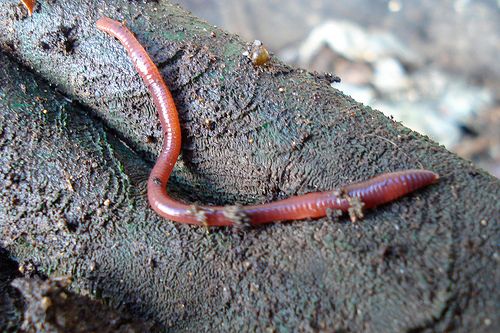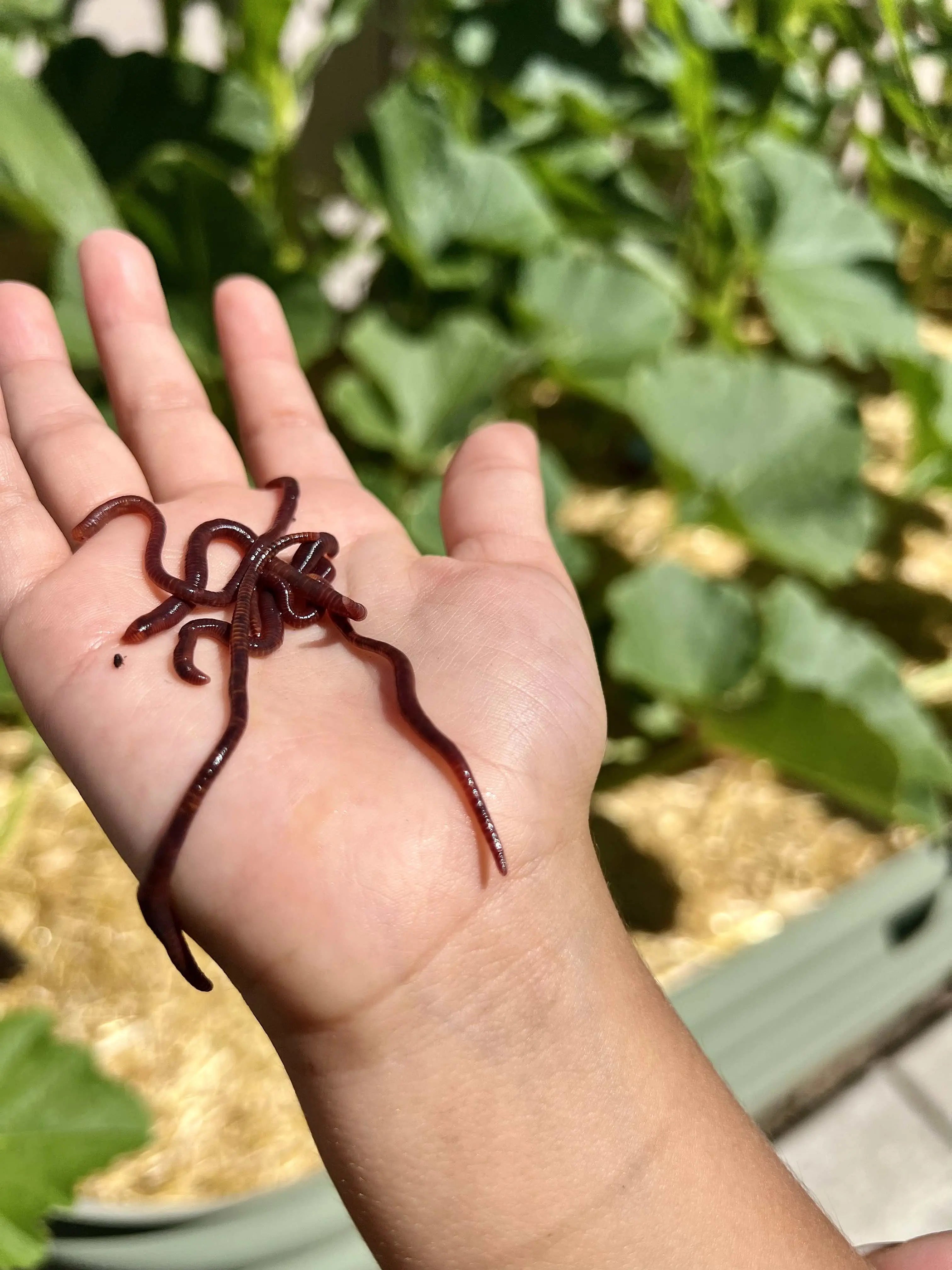Trust Red Wiggler Express for Sustainable and Effective Lawn Care Options
Trust Red Wiggler Express for Sustainable and Effective Lawn Care Options
Blog Article
Red Wigglers: The Unsung Heroes of Organic Waste Recycling
Red wigglers, or Eisenia fetida, serve as important agents in the organic waste reusing procedure, changing thrown out products into useful vermicompost. As the world significantly seeks options to fight waste accumulation and boost agricultural performance, comprehending the function of these worms ends up being essential.
What Are Red Wigglers?
The remarkable durability of red wigglers, scientifically known as Eisenia fetida, emphasizes their critical duty in organic waste recycling. These little, reddish-brown earthworms are generally located in decomposing raw material, such as garden compost piles and manure lots. Lake Hickory Bait. Unlike other earthworm varieties, red wigglers prosper in nutrient-rich environments and are extremely effective at breaking down organic materials, making them necessary for vermicomposting

(Red Wiggler Express)In enhancement to their duty in waste reduction, red wigglers add to dirt wellness by enhancing soil framework and oygenation via their burrowing tasks (Lake Hickory Bait). Their visibility in composting systems not just enhances disintegration rates yet additionally promotes a sustainable approach to waste management, highlighting their importance in environmental conservation initiatives
Advantages of Composting With Worms
Composting with worms, particularly red wigglers, supplies various advantages that boost both waste administration and dirt health and wellness. First, these worms successfully damage down natural waste, converting it right into nutrient-rich vermicompost that enriches soil. This process speeds up decay, permitting a faster recycling of cooking area scraps and various other organic materials compared to traditional composting methods.
In addition, the vermicompost produced by red wigglers is including advantageous bacteria, which aid boost dirt framework, aeration, and dampness retention. This improves the overall health of plants, advertising energetic growth and enhanced yields in gardens and agricultural settings. Moreover, using worms in composting minimizes the production of greenhouse gases, such as methane, adding to a much more sustainable waste management system.

Exactly How to Start Vermicomposting
Establishing a vermicomposting system is an uncomplicated procedure that can produce substantial advantages for both waste management and dirt enrichment. To start, select a suitable container, such as a plastic bin or wood box, with adequate ventilation holes to make certain proper airflow. The dimensions must preferably be about 2 feet by 3 feet, enabling adequate space for the worms to prosper.
Following, prepare bedding product, which can contain shredded newspaper, cardboard, or coconut coir. This bed linens must be moistened to produce an appropriate environment for the worms. As soon as the bed linen remains in location, present red wigglers (Eisenia fetida) right into the container, normally around one pound of worms for each square foot of surface location.
Adhering to the placement of worms, include natural waste, such as fruit and vegetable scraps, coffee grounds, and smashed eggshells. With these steps, you will successfully launch a vermicomposting system that contributes to lasting waste monitoring and enriches your dirt.
Preserving a Healthy And Balanced Worm Container
(Lake Hickory Bait)Keeping a worm container flourishing calls for normal focus and like make certain the health of the red wigglers and the performance of the composting procedure. Proper maintenance starts with keeping track of the wetness levels; the container needs to perspire but not soaked. An excellent guideline is to keep a consistency similar to a wrung-out sponge.
Oygenation is crucial. Gently mixing the bed pop over to these guys linens and food scraps every few weeks stops compaction and ensures that all worms have accessibility to oxygen. Additionally, it is very important to feed the worms appropriately. A balanced diet of vegetables and fruit scraps, coffee premises, and crushed eggshells need to be provided in small amounts to avoid overfeeding, which can cause smells and parasites.
If the bin ends up being too warm or chilly, the worms may end up being stressed. By vigilantly handling these aspects, one can keep a durable and productive worm bin.
Influence On Lasting Living
The successful upkeep of a worm container not only benefits the health and wellness of red wigglers however likewise adds considerably to sustainable living techniques. By reusing natural waste, such as kitchen area scraps and backyard debris, red wigglers assist divert substantial amounts of material from garbage dumps. This decrease in waste not only reduces greenhouse gas exhausts however likewise decreases the environmental worry related to waste management.
In addition, the spreadings produced by red wigglers work as a nutrient-rich natural plant food, enhancing dirt wellness and promoting plant development. This natural alternative to chemical plant foods supports sustainable farming and horticulture practices, reducing dependence on synthetic inputs that can harm environments. Additionally, worm composting promotes understanding of waste administration, encouraging individuals and communities to adopt more lasting behaviors.

Conclusion
In summary, red wigglers serve as vital contributors to natural waste recycling with their effective disintegration of organic materials. By incorporating vermicomposting into waste administration techniques, people and neighborhoods can substantially decrease waste while advertising environmental sustainability.
Report this page